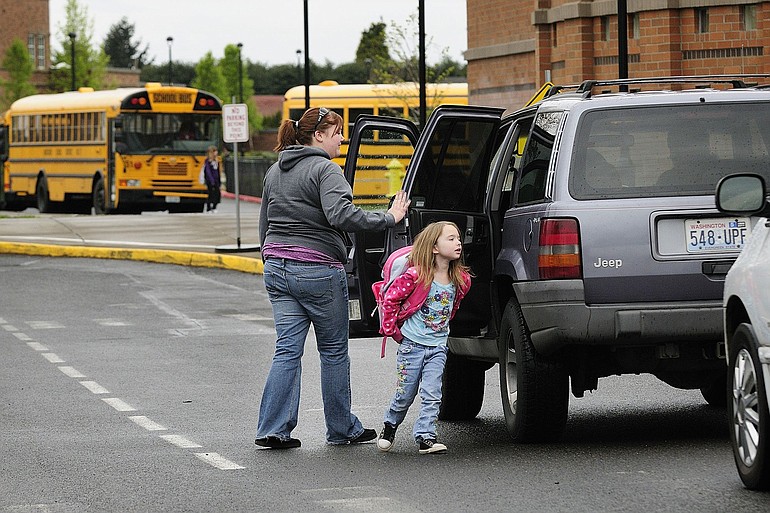The big, yellow school bus: Hands down, it’s the foremost icon of public education in America.
Following up on state audits that confirmed many school districts are far from fully reimbursed by Washington state for daily “basic” education bus service, state legislators have approved a new, improved funding formula.
Spurred in part by a February 2010 court ruling on Washington school funding equity, a prototype formula goes into effect on Sept. 1. It was written into comprehensive school-funding reforms folded into Senate Bill 2261, adopted in the 2010 session.
There’s not much new money directed to mitigate funding imbalances, so far. Educators hold out hope for positive movement, once Washington’s budget picture brightens.



